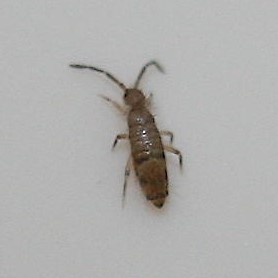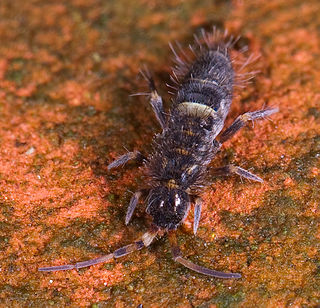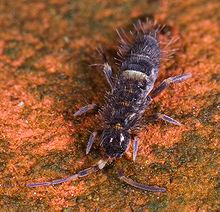
Godzilla is a fictional monster, or kaiju, that debuted in the eponymous 1954 film, directed and co-written by Ishirō Honda. The character has since become an international pop culture icon, appearing in various media: 33 Japanese films produced by Toho Co., Ltd., five American films and numerous video games, novels, comic books and television shows. Godzilla has been dubbed the "King of the Monsters", an epithet first used in Godzilla, King of the Monsters! (1956), the American localization of the 1954 film.
March 28 is the 87th day of the year in the Gregorian calendar; 278 days remain until the end of the year.

The lion is a large cat of the genus Panthera native to Africa and India. It has a muscular, broad-chested body; short, rounded head; round ears; and a hairy tuft at the end of its tail. It is sexually dimorphic; adult male lions are larger than females and have a prominent mane. It is a social species, forming groups called prides. A lion's pride consists of a few adult males, related females, and cubs. Groups of female lions usually hunt together, preying mostly on large ungulates. The lion is an apex and keystone predator; although some lions scavenge when opportunities occur and have been known to hunt humans, lions typically do not actively seek out and prey on humans.

Entomobryidae, sometimes called "slender springtails", is a family of springtails characterised by having an enlarged fourth abdominal segment and a well-developed furcula. Species in this family may be heavily scaled and can be very colourful. The scale-less Entomobryidae are commonly caught in pitfall traps around the planet, and also occur in canopy faunas high up in trees. There are more than 1700 described species in Entomobryidae.

Springtails (Collembola) form the largest of the three lineages of modern hexapods that are no longer considered insects. Although the three orders are sometimes grouped together in a class called Entognatha because they have internal mouthparts, they do not appear to be any more closely related to one another than they are to all insects, which have external mouthparts.
In the 10th edition of Systema Naturae, Carl Linnaeus classified the arthropods, including insects, arachnids and crustaceans, among his class "Insecta". Wingless arthropods were brought together under the name Aptera.

Isotomidae is a family of elongate-bodied springtails in the order Entomobryomorpha.
Cryptopygus is a genus of springtails. Cryptopygus belongs to the Isotomidae family.

Pseudachorutinae is a subfamily of springtails in the family Neanuridae. There are more than 50 genera and 200 described species in Pseudachorutinae.

Isotominae is a subfamily of elongate-bodied springtails in the family Isotomidae. There are about 15 genera and at least 100 described species in Isotominae.

Neanura is a genus of springtails in the family Neanuridae. There are more than 30 described species in Neanura.

Isotomurus is a genus of elongate-bodied springtails in the family Isotomidae. There are at least 40 described species in Isotomurus.

Brachystomella is a genus of springtails in the family Brachystomellidae. There are more than 20 described species in Brachystomella.

Sminthurides is a genus of globular springtails in the family Sminthurididae. There are more than 30 described species in Sminthurides.
Pseudachorutes is a genus of springtails in the family Neanuridae. There are more than 50 described species in Pseudachorutes.












